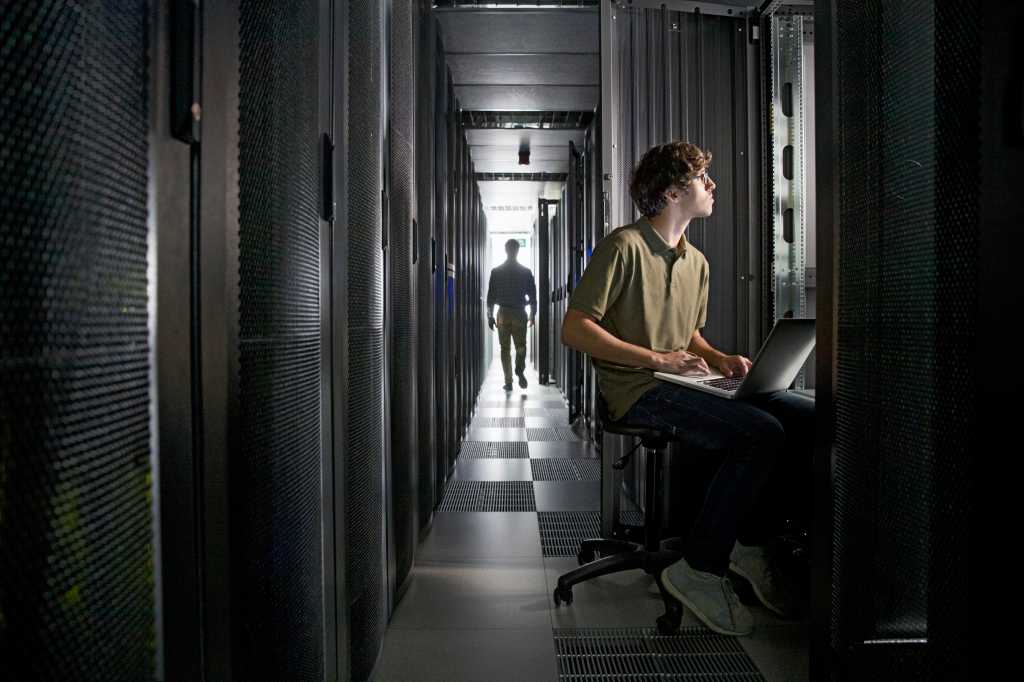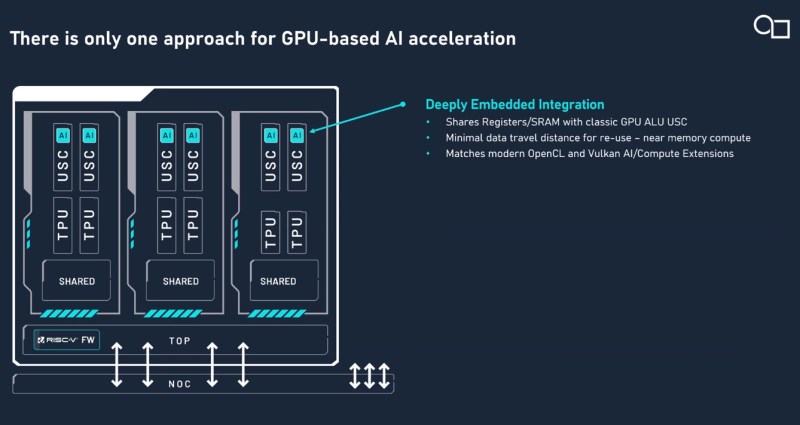“Highly optimized cold-plate or one-phase immersion cooling technologies can perform on par with two-phase immersion, making all three liquid-cooling technologies desirable options,” the researchers wrote. Factors to consider There are numerous factors to consider when adopting liquid cooling technologies, according to Microsoft’s researchers. First, they advise performing a full environmental, health, and safety analysis, and end-to-end life cycle impact analysis. “Analyzing the full data center ecosystem to include systems interactions across software, chip, server, rack, tank, and cooling fluids allows decision makers to understand where savings in environmental impacts can be made,” they wrote. It is also important to engage with fluid vendors and regulators early, to understand chemical composition, disposal methods, and compliance risks. And associated socioeconomic, community, and business impacts are equally critical to assess. More specific environmental considerations include ozone depletion and global warming potential; the researchers emphasized that operators should only use fluids with low to zero ozone depletion potential (ODP) values, and not hydrofluorocarbons or carbon dioxide. It is also critical to analyze a fluid’s viscosity (thickness or stickiness), flammability, and overall volatility. And operators should only use fluids with minimal bioaccumulation (the buildup of chemicals in lifeforms, typically in fish) and terrestrial and aquatic toxicity. Finally, once up and running, data center operators should monitor server lifespan and failure rates, tracking performance uptime and adjusting IT refresh rates accordingly.
























